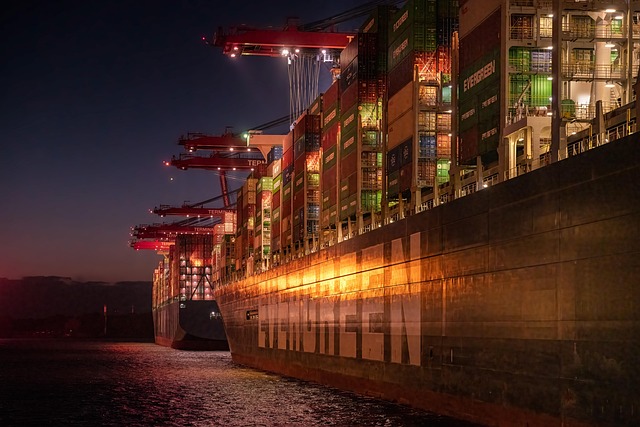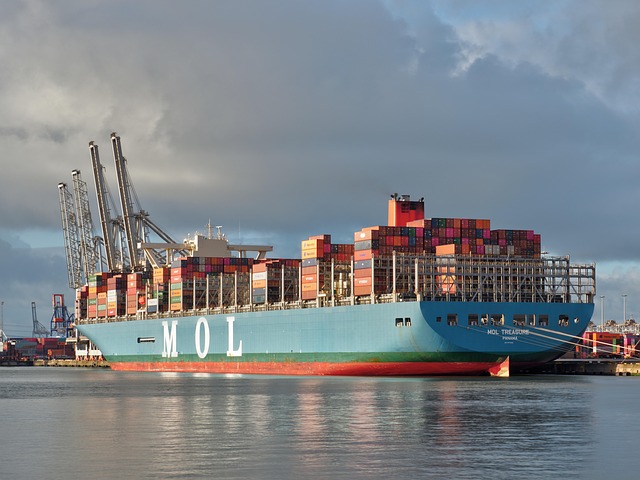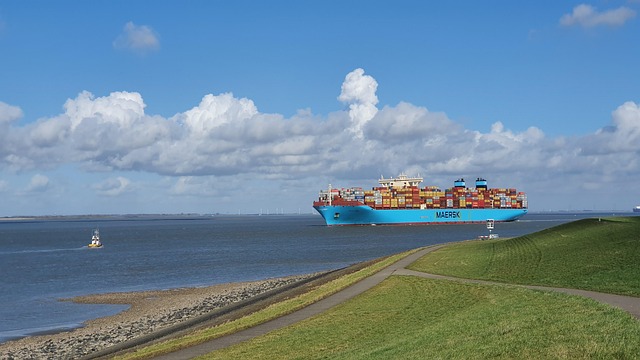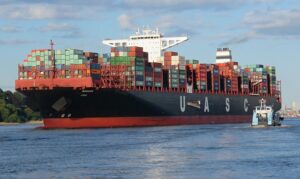Conex boxes, versatile 20ft and 40ft shipping containers, cater to diverse needs: storage, transport, or temporary offices. When selecting, consider type (dry van, refrigerated, open-top) and modifications. Reputable dealers like Conex Box Broker assist in choosing the right size for space, budget, and purpose. Optimizing logistics, utilizing boxes for specific tasks, and engaging dealers streamline operations, saving costs with efficient storage and shipping solutions.
“Planning logistics and layout efficiently? Look no further than the Standard Conex Box sizing guide. This comprehensive resource breaks down the dimensions and types of Conex boxes, guiding you through factors influencing size decisions. From best practices for layout planning to standard sizes and their applications in logistics, discover how to optimize your space and operations. Maximize efficiency with the right Conex box for your needs.”
- Understanding Conex Boxes: Dimensions and Types
- Factors Influencing Box Sizing Decisions
- Best Practices for Efficient Layout Planning
- Standard Sizes and Their Applications in Logistics
Understanding Conex Boxes: Dimensions and Types

Conex boxes, also known as shipping containers, come in various dimensions and types, each designed for specific purposes. Understanding these differences is crucial for efficient logistics planning and layout design. Standard Conex boxes are typically measured in feet, with common sizes like 20-foot, 40-foot, and sometimes 45-foot lengths. Their width varies around 8 feet, while height can range from 8 to 9 feet (2.4 to 2.7 meters), depending on the model. These dimensions make them versatile for storage, transportation, or even temporary offices on worksites.
When considering Conex boxes for sale, rental, or purchase, it’s important to know the types available. There are dry van containers suitable for general cargo, refrigerated units for temperature-controlled shipping, and open-top or flatbed containers designed for bulky items or construction materials. Additionally, used conex boxes and new ones come with various modifications and conversions, such as adding windows, doors, or interior partitions to accommodate specific storage or office needs. Trusted dealers and suppliers like Conex Box Broker or a local yard can guide you through the options, helping you choose the right Conex box for your project’s unique requirements.
Factors Influencing Box Sizing Decisions

When planning logistics and layout, especially in construction or event management, choosing the right Conex box size is crucial. Several factors influence these decisions, ensuring each box serves its intended purpose efficiently. Firstly, consider the nature of the items to be stored or transported. Will they fit within standard dimensions? Different conex boxes cater to various needs, from small accessories to large machinery. Additionally, the space available at the worksite or event venue plays a significant role.
Another critical aspect is budget. Conex boxes come in different price points, influenced by their size, quality, and any necessary modifications. While buying new boxes might be more expensive upfront, it guarantees optimal condition and longevity. Conversely, renting or purchasing used conex boxes can be cost-effective for short-term needs, but meticulous inspection for wear and tear is essential. Moreover, shipping and storage costs should be factored in, especially for larger, bulkier boxes, which may incur higher rates due to their dimensions.
Best Practices for Efficient Layout Planning

When planning the layout and logistics for your storage or transportation needs, adopting best practices for Conex box utilization is paramount. Begin by assessing the dimensions of the Conex boxes (typically 20ft or 40ft) to ensure they fit seamlessly into your designated space. This involves measuring not only the interior volume but also considering external height and width restrictions, especially in urban settings where spaces are often limited. Proper planning prevents misalignment and potential damage during loading and unloading.
Additionally, think about the purpose of each Conex box. Are you using them for storage, shipping, or as temporary offices? This will influence modifications like adding locks, windows, or doors to enhance security and functionality. Engage with reliable Conex box dealers or suppliers who can provide a range of options, from new and used models to rental and wholesale purchases. Understanding Conex box dimensions, prices, and shipping logistics in advance ensures smoother operations and cost-effectiveness for your project, whether you need them on a temporary or permanent basis.
Standard Sizes and Their Applications in Logistics

Standard Conex boxes come in various sizes, each with specific applications in logistics and storage. These containers are designed to be versatile and efficient for transporting goods across different terrains and storing them in secure, modular units. Common sizes include 20-foot and 40-foot lengths, offering ample space for a wide range of cargo, from construction materials to household goods. The 20-foot Conex box is ideal for smaller shipments or as temporary storage solutions on worksites, while the larger 40-foot variant accommodates bulkier items and is popular for long-distance shipping and multi-purpose storage facilities.
When planning logistics and layout, considering conex box sizes is crucial. The right size Container Expanse (Conex) box can optimize space utilization, reduce transportation costs, and ensure efficient loading and unloading processes. Whether you’re a dealer, supplier, or looking to buy or rent a Conex box for sale, understanding dimensions and prices is essential. With options available for new, used, or even modified conex boxes, businesses can choose based on their specific needs, including shipping containers for international trade, storage solutions for warehouses, or as offices on-site (Conex box office).
When planning logistics and layout, adhering to the standard Conex box sizing guide is a game-changer. By understanding the dimensions, types, and factors influencing size decisions, you can optimize space utilization and streamline operations. Best practices for efficient layout planning, combined with knowing the right standard sizes for various applications, ensure your supply chain runs smoothly in today’s bustling world. Implement these strategies to enhance your logistics management and make a lasting impact on your business’s success.
